In Focus
Japanese govt may take control of nuke plants from private utilities
Japanese govt may take control of nuke plants from private utilities
The Japanese government may take control of the nation's nuclear power plants away from private utilities, in a bid to improve accountability.
Carbon tax to spark dispute between Chinese airlines and EU
Chinese airlines may sue the EU as they refuse to impose surcharges on customers relating to the emissions tax.
Malaysia to boost renewable energy generation by more than 5 times
Malaysia will increase the percentage of electricity generated from renewable energy to 5.5 per cent from the less than one per cent currently.
India’s largest solar power plant goes on line
The Adani Group has commissioned what is being touted as India’s largest solar power plant after a build process that took only five months.
Japan looking at taking control of nuclear power
Japan's government is considering taking control of the nation's nuclear power plants away from private utilities, in a bid to improve accountability of the industry, the Yomiuri newspaper reported on Friday. The move comes as Tokyo Electric Power Co has fallen under criticism for its handling of the crisis at the Fukushima Daiichi nuclear plant triggered by the devastating earthquake and tsunami in March last year. "Japan should avoid a situation where private companies own nuclear power facilities and only enjoy the benefits (of low running costs) when the state takes care of compensation and decontamination arising from nuclear accidents," Trade Minister Yukio Edano, who oversees energy policy, was quoted as telling the paper. Edano also said the government must reach a clear decision on whether private companies should pay massive insurance fees and operate nuclear power facilities or hand over the benefits to the state, which also would take on the risks of nuclear accidents, according to the paper. As Tokyo Electric, better known as Tepco, faces massive compensation from the world's worst nuclear crisis in 25 years, the government has set up a bailout body for payment assistance. But with the firm's future still in doubt due to additional burdens of decommissioning the crippled reactors, the government may also inject about $13 billion into the company as early as the summer, effectively nationalising it. Edano reiterated that it was highly likely Tepco would be put under a state control but that he did not see it as a permanent move as private firms should basically be responsible for supplying electricity, the Yomiuri said. The trade ministry is set to deepen debate on nuclear power operations toward the spring and reach conclusions in step with a planned revision in the summer of the law governing nuclear damage compensation, the Yomiuri said. Through the overhaul, the government is likely to seek the public's understanding on the restart of nuclear reactors shut for regular maintenance, it added. The Nikkei business daily reported that the trade ministry was considering separating licensing system for power generation, transmission and retailing as part of power sector reform aimed at opening it up to smaller players. Last month, the government announced the agenda for power sector reform, including a possible separation of power generation and transmission operations, a long-discussed idea that would break the monopolies of regional power companies like Tepco, but stressed that any movement on the
India produces more power from bioenergy
The increasing number of bioenergy power generation projects in 2011 produced 500MW of energy.
Indonesian government policy hampers renewable energy growth
Indonesia still has a lot of hard work to do to exploit its full potential in renewable energy. And wean itself from a powerful dependence on coal.
CLP Power reduces planned tariff hike to 4.9% in 2012
The company's original proposal in Hong Kong was for a 9.2% increase.
China to build Asia's biggest coal-fired power plant
China's Shenhua Group is planning to build the largest coal-fired power station in Asia over the next five years.
Tepco urged to consider state control
Japanese Trade Minister Yukio Edano urged Tepco to consider temporarily going under state control.
S.Korea activates emergency energy plan
The country plans to secure energy installations as the death of North Korean leader Kim Jong-il raised fears over what would happen next in the reclusive state.
China increases PV capacity target to 15GW
China has increased its solar power development target for 2015 by 50% to 15 GW.
What you need to know about Japan’s power market
Companies have enough capacity to supply electricity to more than 40% of Japanese households - but there’s a catch.
India to increase energy use with growth targets: PM
Increased energy consumption can be expected for India to reach its target of 9% economic growth.
New nuclear projects may be seen in China soon
A draft nuclear power safety regulation is now ready to be sent to the State Council after minor adjustments.
China Everbright to loan $100m by year-end to fund waste-to-energy plants
The $100m loan is being arranged by Mizuho Corporate Bank.
Sumitomo to build wind power project in South Africa
The project will have a capacity of as much as 600 megawatts.
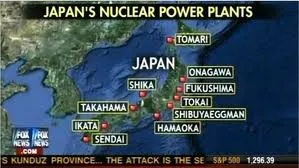

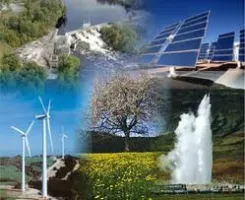
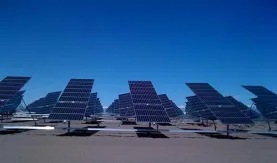


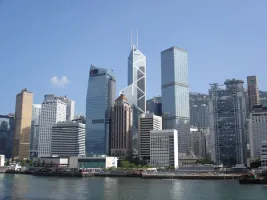
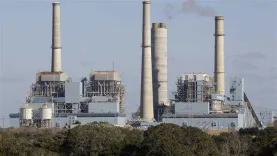
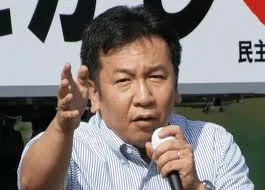

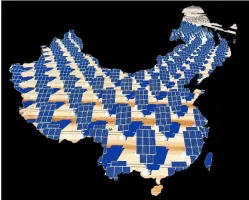
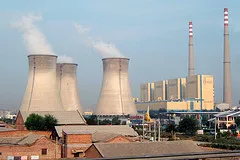
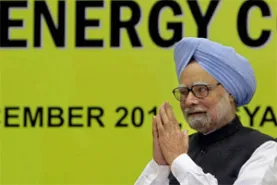


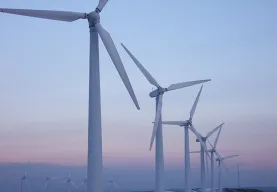

 Advertise
Advertise















Commentary
How pump retrofits boost profitability and efficiency in ageing power plants